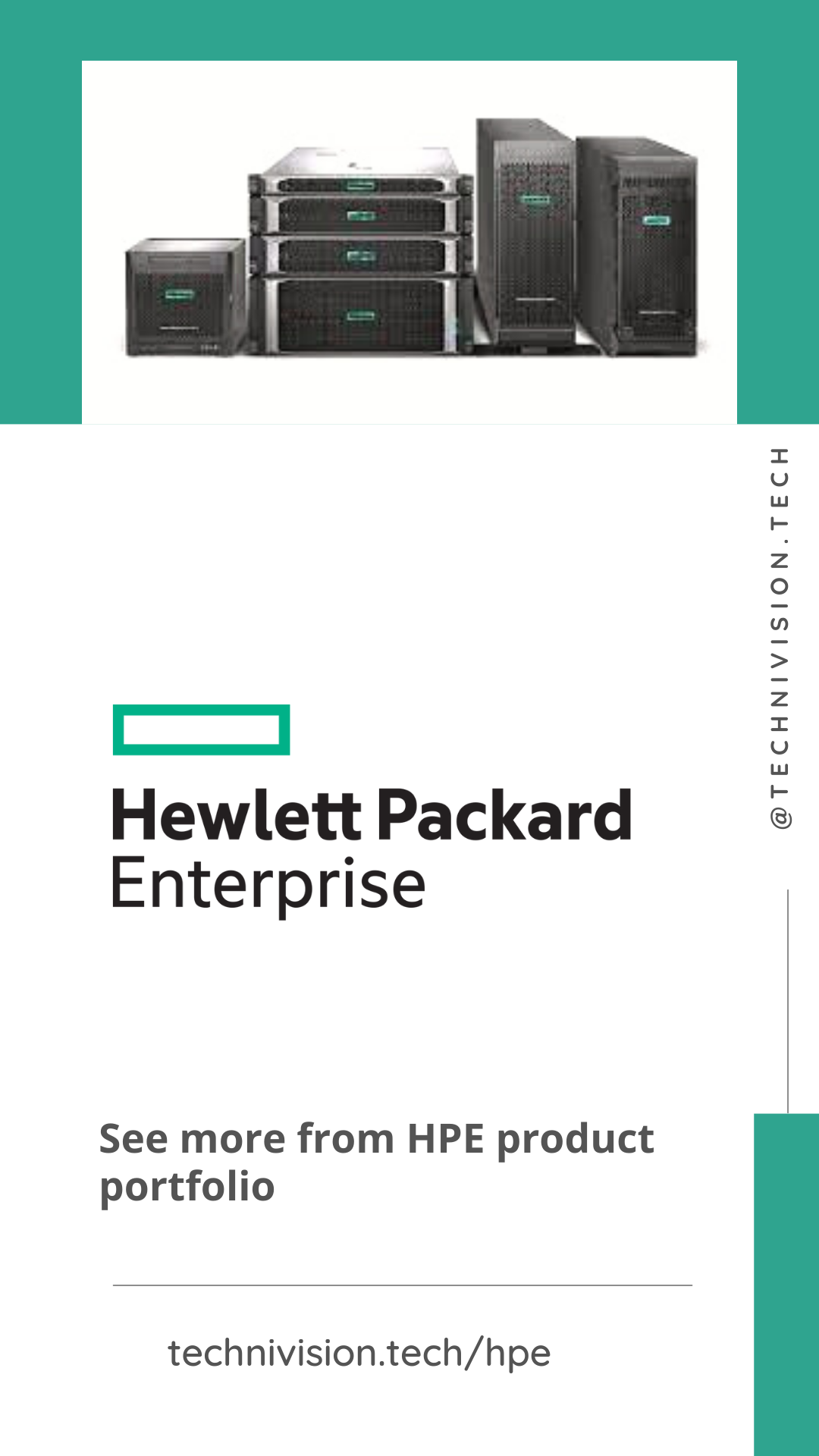
In a strategic analysis, Five Forces Analysis is an excellent method to help you analyze how competitive forces shape an industry in order to adapt or influence the nature of competition. Collectively, the Five Forces determine the attractiveness of an industry, its profit potential, and the ease and attractiveness of mobility from one strategic position to another. Because of this, the analysis is useful when firms are making decisions about entry or exit from an industry as well as to identify major threats and opportunities in an industry.
What is it?
Five Forces Analysis is a tool that enables managers to study the key factors in an industry environment that shape that nature of competition: (1) rivalry among current competitors, (2) threat of new entrants, (3) substitutes and complements, (4) power of suppliers, and (5) power of buyers.
When do we use it?
In a strategic analysis, Five Forces Analysis is an excellent method to help you analyze how competitive forces shape an industry in order to adapt or influence the nature of competition. Collectively, the Five Forces determine the attractiveness of an industry, its profit potential, and the ease and attractiveness of mobility from one strategic position to another. Because of this, the analysis is useful when firms are making decisions about entry or exit from an industry as well as to identify major threats and opportunities in an industry.
Why do we use it?
Tis analysis was originally developed by Michael Porter, a Harvard professor and a noted authority on strategy. While all firms operate in a broad socioeconomic environment that includes legal, social, environmental, and economic factors, firms also operate in a more immediate competitive
environment. The structure of this competitive environment determines both the overall attractiveness of an industry and helps identify opportunities to favorably position a firm within an industry.
Porter identified five primary forces that determine the competitive environment: (1) rivalry among current competitors, (2) threat of new entrants, (3) substitutes and complements, (4) power of suppliers, and (5) power of buyers.
- Rivalry. Among the direct and obvious forces in the industry, existing competitors must first deal with one another. When organizations compete for the same customers and try to win market share at the others’ expense, all must react to and anticipate their competitors’ actions.
- Treat of Entrants. New entrants into an industry compete with established companies placing downward pressure on prices and ultimately profits. In the last century, Japanese automobile manufacturers Toyota, Honda, and Nissan represented formidable new entrants to the U.S. market, threatening the market position of established U.S. players GM, Ford, and Chrysler. The existence of substantial barriers to entry helps protect the profit potential of existing firms and makes an industry more attractive.
- Substitutes and Complements. Besides firms that directly compete, other firms can affect industry dynamics by providing substitute products or services that are functionally similar (i.e., accomplishing the same goal) but technically different. The existence of substitutes threatens demand in the industry and puts downward pressure on prices and margins. While substitutes are a potential threat, a complement is a potential opportunity because customers buy more of a given product if they also demand more of the complementary product. For example, iTunes was established as an important complement to Apple’s iPod, and now the firm has leveraged connections among its suite of products including iPhone, iPad, and the like.
- Power of Suppliers. Suppliers provide resources in the form of people, raw materials, components, information, and financing. Suppliers are important because they can dictate the nature of exchange and the potential value created farther up the chain toward buyers. Suppliers with greater power can negotiate better prices squeezing the margins of downstream buyers.
- Power of Buyers. Buyers in an industry may include end consumers, but frequently the term refers to distributors, retailers, and other intermediaries. Like suppliers, buyers may have important bargaining powers that dictate the means of exchange in a transaction.

According to Porter, successful managers do more than simply react to this environment; they act in ways that actually shape or “enact” the organization’s competitive environment. For example, a firm’s introduction of substitute products or services can have a substantial influence over the
competitive environment, and in turn this may have a direct impact on the attractiveness of an industry, its potential profitability, and competitive dynamics.
How do we use it?
Step 1. Analyze rivalry among existing competitors.
First identify the competitors within an industry. Competitors may include (1) small domestic firms, especially their entry into tiny, premium markets; (2) strong regional competitors; (3) big new domestic companies exploring new markets; (4) overseas firms, especially those that either try to solidify their position in small niches (a traditional Japanese tactic) or are able to draw on an inexpensive labor force on a large scale (as in China); and (5) newer entries, such as firms offering their products online. The growth in competition from other countries has been especially significant in recent years, with the worldwide reduction in international trade barriers.
Once competitors have been identified, the next step is to analyze the intensity of rivalry within the industry. One of the big considerations is simply the number of firms within an industry. All else being equal, the more firms in an industry, the higher the rivalry. It is tempting to look at duopolies—industries with two dominant players (e.g., Coke and Pepsi)—and declare they have “high rivalry.” But duopolies are far less competitive—and typically far more profitable—than the alternative of many firms competing. Two additional considerations include whether (1) the incentives to “fight” are low and (2) coordination between competitors is possible. We consider each in turn. Rivalry will be less intense if existing players have few incentives to engage in aggressive pricing behavior (i.e., slashing prices to gain market share). A number of things push back on this tendency. For example, substantial market growth within an industry, especially if firms are capacity constrained, lowers the incentive to fight. Similarly, if there are opportunities to differentiate offerings, firms can avoid head-to-head competition. The cyclical nature of demand in an industry can also be a big driver. Industries where demand ebbs and flows either with the business cycle or seasonally tend to suffer from overcapacity in the down times. During these times, firms have high incentives to cut prices in an attempt to use their excess capacity. Consider hotels in college towns: They tend to have huge demand on a limited number of weekends throughout the year (e.g., football games and graduation). As a result, they usually have excess capacity the rest of the year.
Simply observe the prices at your average college town hotel on a random Tuesday in July. Prices will likely be substantially lower than during peak demand times.
Coordination that helps reduce pressures to engage in aggressive price cutting may be possible between competitors. In the extreme, firms may explicitly coordinate pricing and/or output. OPEC is a moderately successful cartel of oil-producing nations that tries to control the price of oil. In most mature economies, such explicit collusion is restricted as an antitrust violation. But there are sometimes factors that facilitate tacit coordination. For example, few competitors raise the prospects that firms will simply settle on a high price. This is more likely to occur in industries where there is a dominant player that others may follow. More homogeneity among competitors also raises the prospects for this to occur. Best-price clauses—matching the best price of your competitor—can also serve paradoxically as a way to keep prices higher by removing the benefits of slashing your own prices.
Step 2. Analyze threat of new entrants.
There are three main categories of considerations when assessing whether new entrants are likely to enter an industry. In particular, potential entrants are less likely to enter if:
- Entrant faces high sunk costs. Sunk costs are investments that cannot be recovered once invested. While it is true that one should not consider sunk costs once invested, ex ante (i.e., beforehand) the likelihood of investments being sunk increases the riskiness of an investment and thus raises the threshold for entering an industry. High capital expenditures, in and of themselves, do not pose a high barrier to entry. Arguably, if the future cash flows accruing to entrants are attractive, a firm should be able to raise capital from financial institutions. For example, R&D is a sunk cost that, if required to enter an industry, could raise risk and deter entry. On the flip side, a large multipurpose facility, while expensive, is less risky if it could be repurposed in the event of an exit from the industry (i.e., a large investment but one that is not sunk). In this case, this capital cost would be less of a barrier to entry.
- Incumbents have a competitive advantage. If potential entrants are at a competitive disadvantage compared to existing players, it simply may not be profitable to enter. Examples of potential barriers to entry of this type include legal barriers such as patents and licenses. For example, the requirement that practicing lawyers must pass the bar exam creates a barrier to entry to the legal profession. Pioneering and iconic brands can also be a significant barrier to entry. In the soft drink industry, Coca-Cola and Pepsi have nearly unassailable positions due largely to their brands. Another barrier can be recommitment contracts, for example, that give access to distribution networks that lock in incumbent firms and lock out potential entrants. For example, in some regional markets, entry into the airline industry is difficult because existing players have locked up gate access at local airports. Finally, the presence of economies of scale and/or learning curves can thwart entry by potential new entrants. Economies of scale drive down costs for large, incumbent players making it difficult for new entrants to be cost-competitive. Learning curves (e.g., the time and effort it takes to develop a capability or technology) can also be a significant to barrier to entry as new entrants struggle to catch up to existing firms.
- Entrant faces retaliation. Entry is less likely if potential entrants may be forced out of business by the strategic, often pricing, behavior of incumbents. Such aggressive behavior must be credible, however. For example, if incumbents have excess capacity, they are incentivized to cut prices in the face of new entrants. They can do so because they can easily meet any increase in demand given their unused capacity. Another example is the presence of large exit costs. Exit costs are payments that must be made to shut down operations within an industry. These may include such things as obligations to health and retirement benefits programs or environmental liabilities for cleaning up a polluted facility. Exit costs create a barrier to entry by raising the prospects that existing players will “fight to the death” rather than exit the industry themselves. Ultimately, incumbents can create a reputation for aggressiveness (scaring away potential entrants). Tis reputation must be credible, however. Often this is difficult to establish unless the industry is dominated by a limited number of players. Otherwise, aggressiveness suffers from a free-rider problem where other incumbents do not respond in kind to the aggressiveness of one of their rivals.
Step 3: Analyze substitutes and complements
Technological advances and economic efficiencies are among the ways that firms can develop substitutes for existing products. The introduction of videogame systems created a substitute for television viewing that has drawn a large share of young people out of TV audiences. Evidence
suggests that young teens used their discretionary income to buy video games thereby diminishing the market for music CDs. More recently, the makers of videogames have said that Internet sites such as YouTube and Facebook have lured videogame players away from their TV sets to interact with one another online. In addition to the threat of current substitutes, companies need to think about potential substitutes that may be viable in the near future. For example, as alternatives to fossil fuels, experts suggest that nuclear fusion, solar power, and wind energy may prove useful one day. The advantages promised by each of these technologies are many: inexhaustible fuel supplies, electricity “too cheap to meter,” zero emissions, universal public acceptance, and so on. Yet while they may look good on paper—and make us feel good about our choice—they often come up short in economic feasibility or technical viability.
The main thing to consider is the cross-price elasticity of a potential substitute. The cross-price elasticity is the percentage change in demand for one good given a 1% change in price for another good. For example, a 1% increase in the price of butter will likely lead to a large increase in demand for margarine. In this way, butter and margarine are elastic—they are significant substitutes and have high cross-price elasticity. Be aware that the cross-price elasticity among products may change over time. While cellular and landline phones historically did not substitute for one another, cellular is now a major competitive threat to traditional landline business.
A final consideration is whether there are substantial switching costs between products. A switching cost is the cost incurred to adopt an alternative product. In the case of butter and margarine, the switching costs are negligible if not zero. On the other hand, the switching cost for substituting car rental for public transportation is extremely high if you do not know how to drive an automobile.
Step 4. Analyze the power of suppliers
Organizations are at a disadvantage if they become overly dependent on any powerful supplier. Suppliers are powerful if the firms in an industry have few other sources of supply or if suppliers have many other buyers (e.g., an oligopoly). Small numbers determine the extent of bargaining
power. Tis power is increased by the existence of switching costs, in this case, fixed costs firms incur if they change suppliers. If, for example, a firm installs a supplier’s equipment, such as computer software, it faces both economic and psychological costs in doing so.On the other hand, firms in an industry have power if they have many alternative sources of supply or if they have a credible threat of integrating backward to provide their own sources of supply. Not surprisingly, supply chain management is particularly important in industries where the potential power of suppliers is high. A final consideration is the availability of reliable information on suppliers. An industry benefits from having well-known information on supplier prices. The industry is further helped if suppliers cannot easily segment the market and thus struggle to price-discriminate.
Step 5. Analyze the power of buyers
Once again, numbers help determine the extent of bargaining power. For example, when firms have only a small number of buyers (e.g., oligopsony) those buyers have more alternatives and may play competitors against one another, courting different offers and negotiating the best terms. In
these cases, when buyers exert power, they can demand lower prices, higher quality, unique product specifications, or better service. Switching costs play a role in this exchange as well. Distribution networks may provide advantages to firms, but when they cannot easily modify or change the nature of distribution, a firm may find an important barrier between itself and its end consumer. Finally, information asymmetries matter as well. Unlike suppliers, however, less available information benefits the industry because they may leverage this information advantage to thwart attempts
to play firms off one another and can potentially price-discriminate between buyers.
Step 6. Integrate and assess
Taken together, Five Forces Analysis provides a template that can help managers better characterize the industry environment. One of the key challenges to a Five Forces Analysis is balancing between the various pressures, both positive and negative, on the industry. Tere is no simple way to balance these competing pressures. The strategic analyst must look at the totality of the forces and make an overall assessment of the industry’s attractiveness. The tables to the right depict two analyses of industries representing extreme conditions. If managers do not understand how the environment affects their organizations or cannot identify opportunities and threats that are likely to be important, their ability to make strategic decisions that influence or adapt to competitive forces will be severely limited.

SourceMichael Porter, “The Five Competitive Forces That Shape Strategy,” Harvard Business Review (January 2008).







